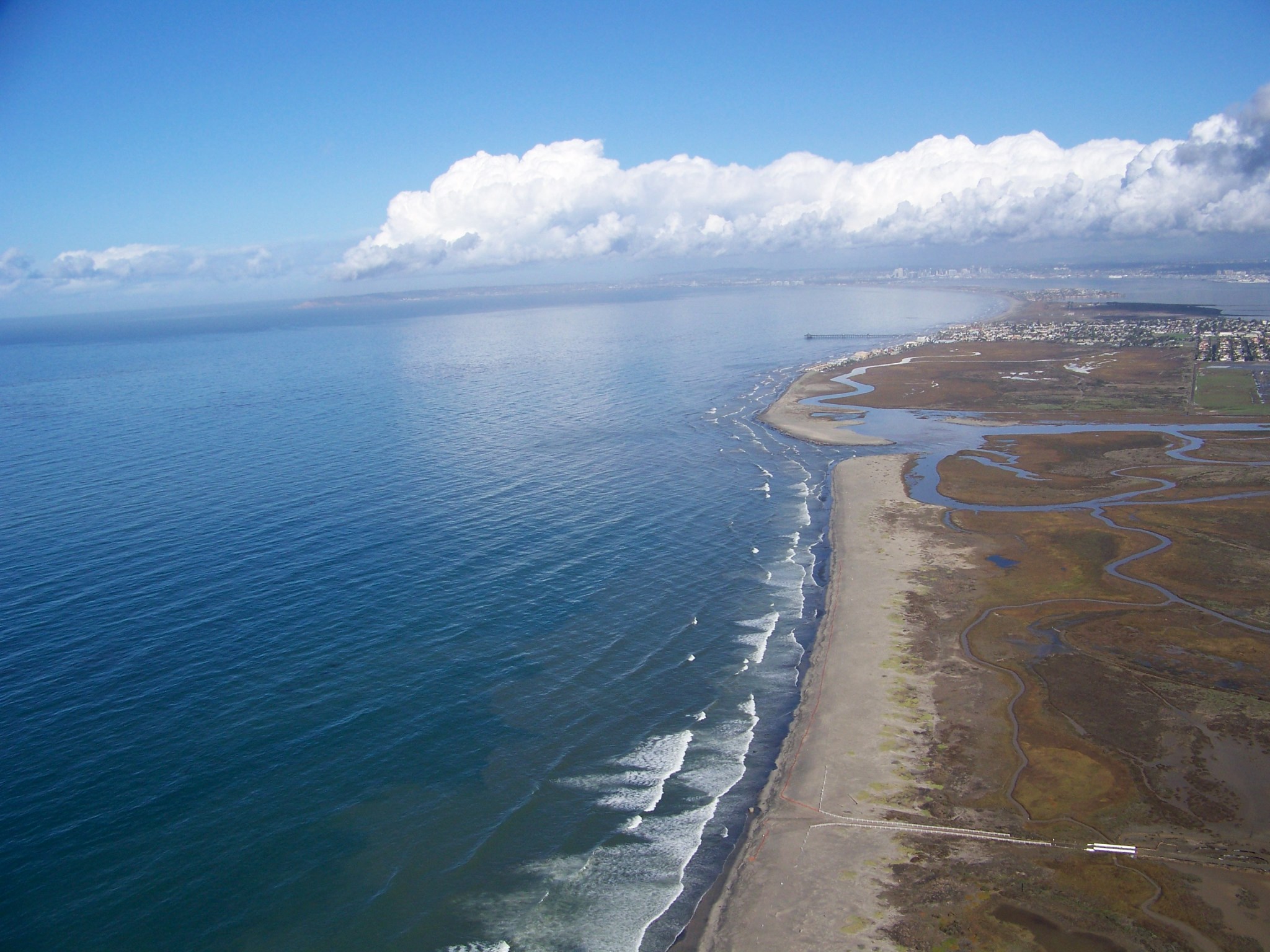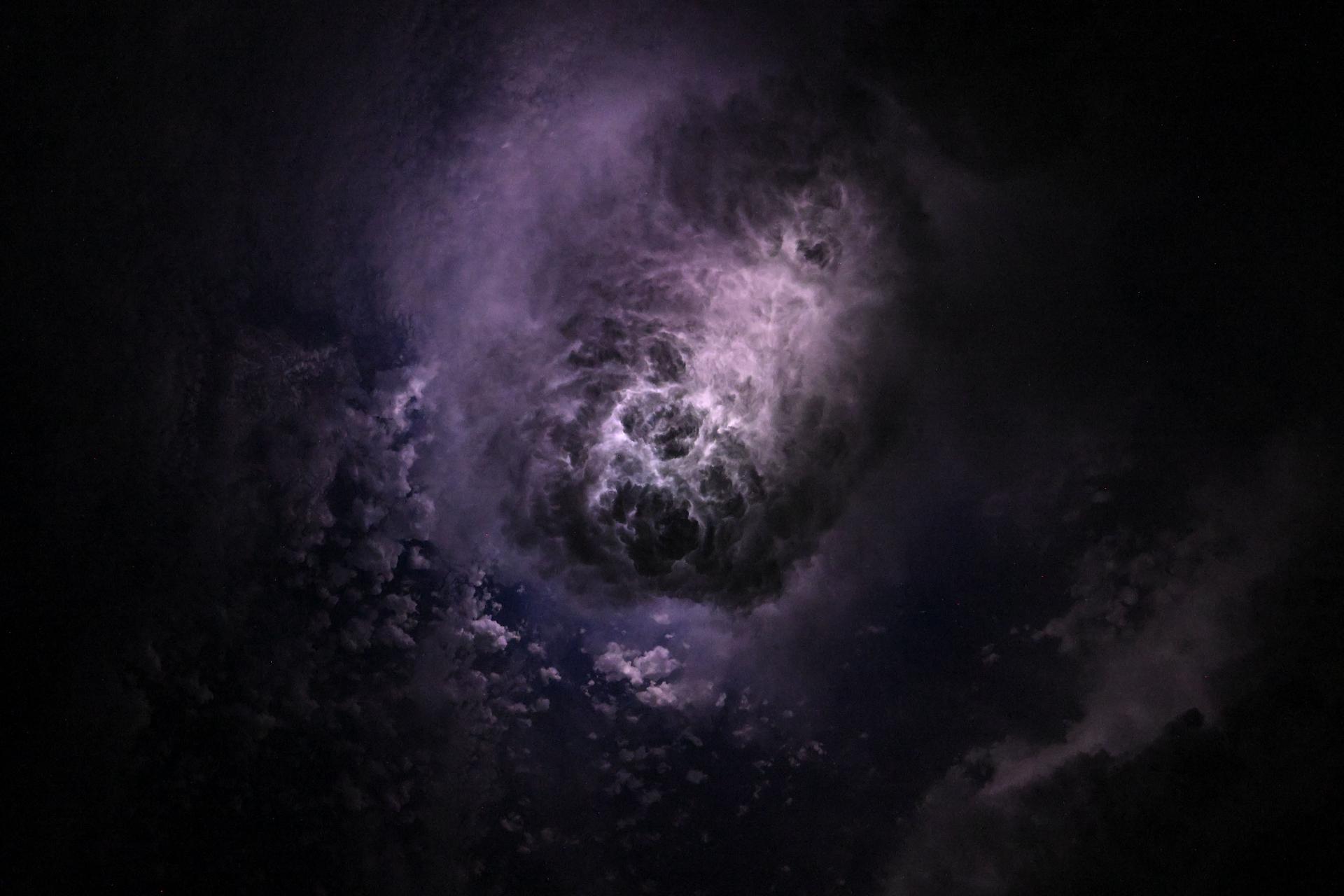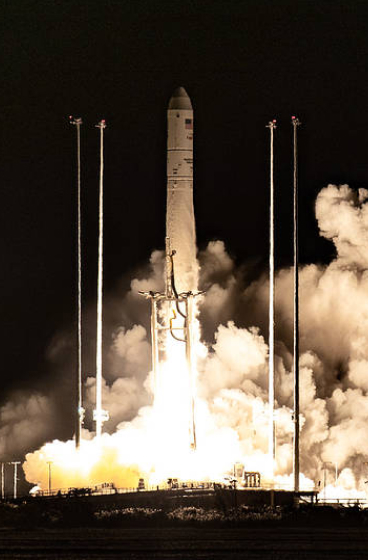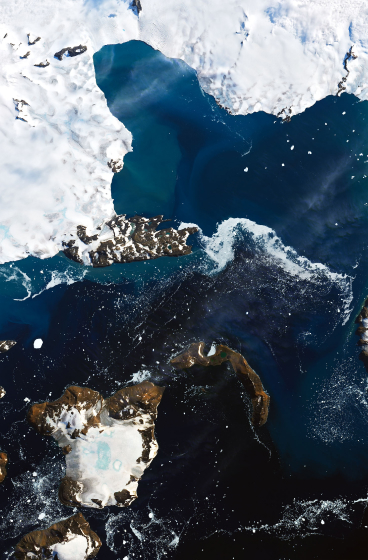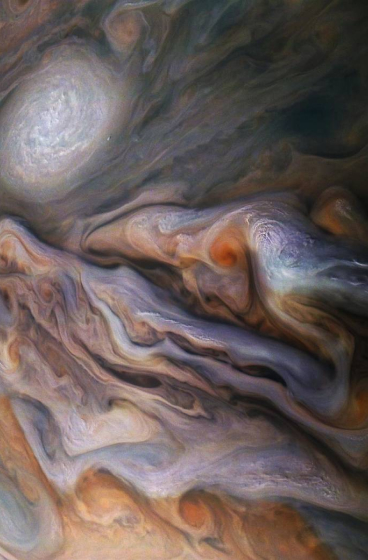NASA Sensor on Space Station Eyes Contamination off California Coast
- NASA’s EMIT instrument on the International Space Station has successfully detected signs of sewage in wastewater plumes off the California coast, providing a new tool for monitoring water quality.
- The instrument uses hyperspectral imaging spectroscopy to analyze sunlight reflecting off the planet below, allowing scientists to identify specific molecules and pollutants in the water.
- Researchers compared EMIT’s observations with ground-based samples and found that both detected phycocyanin, a pigment in cyanobacteria that can sicken humans and animals, indicating a “smoking gun” for wastewater detection.
- EMIT has the potential to complement existing online water-quality dashboards by providing real-time data on wastewater plumes, allowing for more effective monitoring and management of contaminated coastal waters.
- The technology behind EMIT is not new, having been developed in the 1980s at NASA’s Jet Propulsion Laboratory, but its application to water quality monitoring is a recent breakthrough that could have significant impacts on human health and marine ecosystems.
4 min read
Preparations for Next Moonwalk Simulations Underway (and Underwater)
Proof-of-concept results from the mouth of the Tijuana River in San Diego County show how an instrument called EMIT could aid wastewater detection.
An instrument built at NASA’s Jet Propulsion Laboratory to map minerals on Earth is now revealing clues about water quality. A recent study found that EMIT (Earth Surface Mineral Dust Source Investigation) was able to identify signs of sewage in the water at a Southern California beach.
The authors of the study examined a large wastewater plume at the mouth of the Tijuana River, south of Imperial Beach near San Diego. Every year, millions of gallons of treated and untreated sewage enter the river, which carries pollutants through communities and a national reserve on the U.S.-Mexico border before emptying into the Pacific Ocean. Contaminated coastal waters have been known to impact human health — from beachgoers to U.S. Navy trainees — and harm marine ecosystems, fisheries, and wildlife.
For decades scientists have tracked water quality issues like harmful algal blooms using satellite instruments that analyze ocean color. Shades that range from vibrant red to bright green can reveal the presence of algae and phytoplankton. But other pollutants and harmful bacteria are more difficult to monitor because they’re harder to distinguish with traditional satellite sensors.
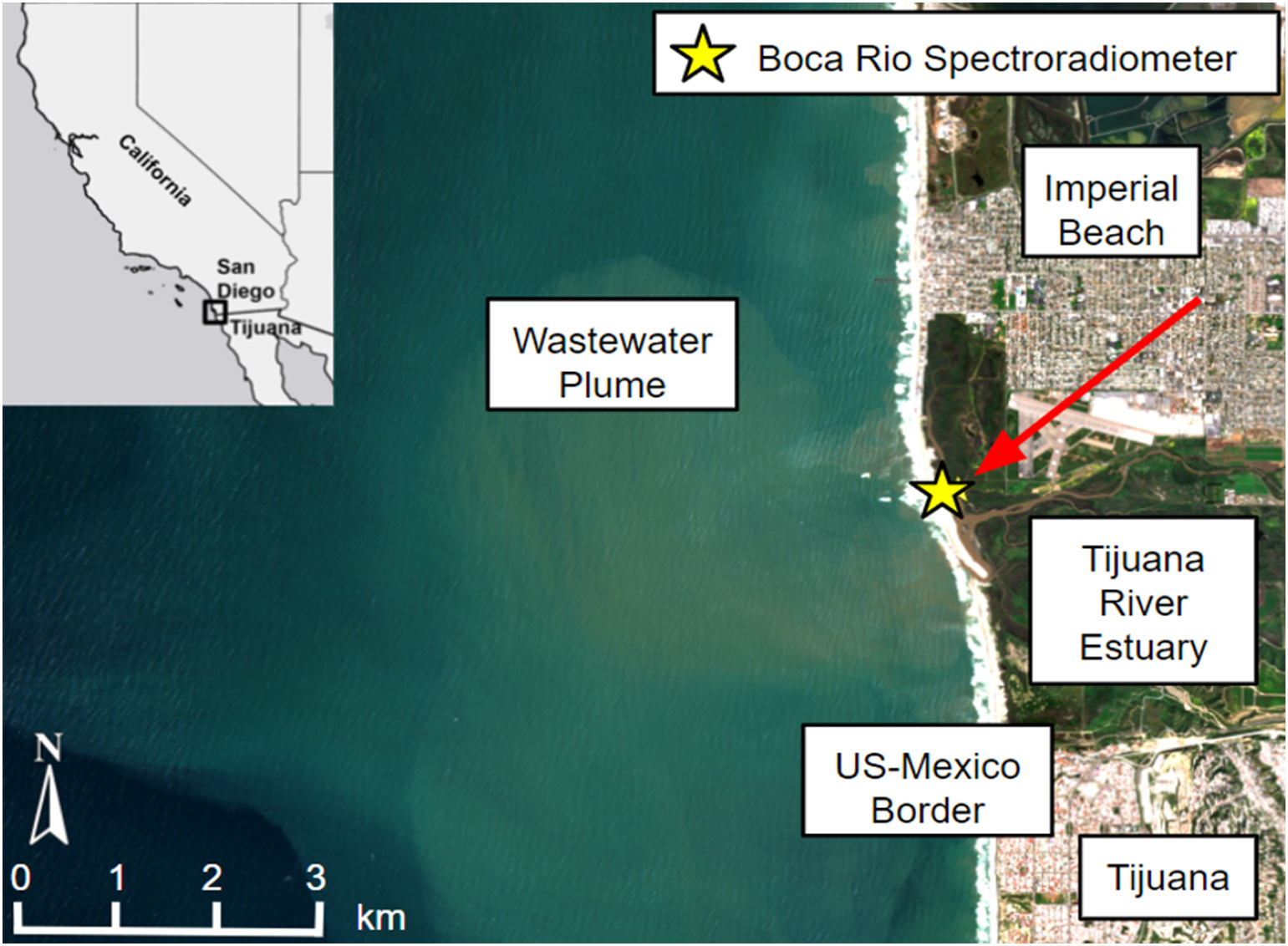
That’s where EMIT comes in. NASA’s hyperspectral instrument orbits Earth aboard the International Space Station, observing sunlight reflecting off the planet below. Its advanced optical components split the visible and infrared wavelengths into hundreds of color bands. By analyzing each satellite scene pixel by pixel at finer spatial resolution, scientists can discern what molecules are present based on their unique spectral “fingerprint.”
Scientists compared EMIT’s observations of the Tijuana River plume with water samples they tested on the ground. Both EMIT and the ground-based instruments detected a spectral fingerprint pointing to phycocyanin, a pigment in cyanobacteria, an organism that can sicken humans and animals that ingest or inhale it.
‘Smoking Gun’
Many beachgoers are already familiar with online water-quality dashboards, which often rely on samples collected in the field, said Christine Lee, a scientist at JPL in Southern California and a coauthor of the study. She noted the potential for EMIT to complement these efforts.
“From orbit you are able to look down and see that a wastewater plume is extending into places you haven’t sampled,” Lee said. “It’s like a diagnostic at the doctor’s office that tells you, ‘Hey, let’s take a closer look at this.’”
Lead author Eva Scrivner, a doctoral student at the University of Connecticut, said that the findings “show a ‘smoking gun’ of sorts for wastewater in the Tijuana River plume.” Scrivner, who led the study while at San Diego State University, added that EMIT could be useful for filling data gaps around intensely polluted sites where traditional water sampling takes a lot of time and money.
EMIT’s Many Uses
The technology behind EMIT is called imaging spectroscopy, which was pioneered at JPL in the 1980s. Imaging spectrometers developed at JPL over the decades have been used to support areas ranging from agriculture to forest health and firefighting.
When EMIT was launched in July 2022, it was solely aimed at mapping minerals and dust in Earth’s desert regions. That same sensitivity enabled it to spot the phycocyanin pigments off the California coast.
Scrivner hadn’t anticipated that an instrument initially devoted to exploring land could reveal insights about water. “The fact that EMIT’s findings over the coast are consistent with measurements in the field is compelling to water scientists,” she said. “It’s really exciting.”
To learn more about EMIT, visit:
https://earth.jpl.nasa.gov/emit/
News Media Contacts
Jane J. Lee / Andrew Wang
Jet Propulsion Laboratory, Pasadena, Calif.
626-379-6874 / 818-354-0307
jane.j.lee@jpl.nasa.gov / andrew.wang@jpl.nasa.gov
Written by Sally Younger
2025-078

